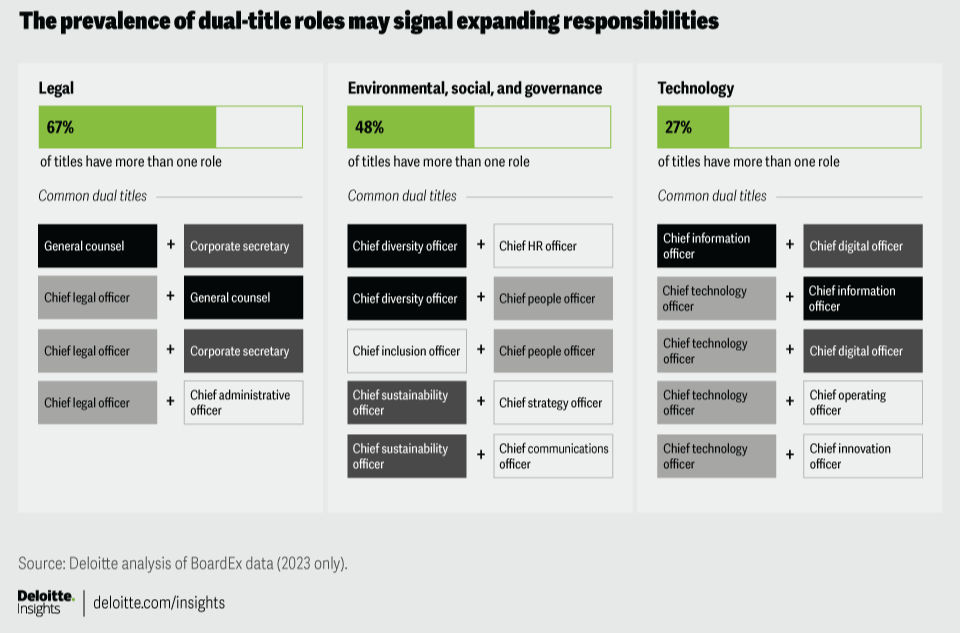Nearly half of HR Tech implementations fail – Here’s 10 questions to beat the odds
- Bo Vialle-Derksen

- Mar 11
- 3 min read
Approximately 42% of HR implementations fail to meet business needs*—a strikingly high figure, but an avoidable one. In HR, the temptation of quick fixes is strong. New technologies, processes, and tools often promise immediate impact, yet many end up as fleeting trends—embraced with excitement but discarded when they don’t deliver instant change. The real issue isn’t the technology itself. The same solution that drives success in one organization can fall flat in another.
HR leaders are under immense pressure to act fast, but this urgency often leads to solving the wrong problem. Instead of taking time to deeply understand the root causes of issues, they fall in love with a solution that ultimately fails to drive meaningful change. This misalignment results in wasted resources, disengaged employees, and missed opportunities for true impact.
The Risk of Solving the Wrong Problem
Too many HR initiatives focus on symptoms rather than root causes. For example, if high turnover is a problem, a company might invest in better recruitment software. But if the underlying issues—poor leadership, lack of career development, or toxic workplace culture—aren’t addressed, turnover will remain high despite the investment.
HR leaders need to shift their focus. The analysis phase is where the real success of any initiative begins. Taking the time to dig deep into workforce challenges, understand the true business need, and align initiatives with strategic goals will pay off during implementation. The best HR projects don’t just apply a bandage; they address the heart of the issue.
Technology: An enabler, not a Savior
Technology can enhance efficiency, but it is not a substitute for critical thinking or human connection. AI-driven analytics can highlight engagement risks, but only leadership can take action to resolve them. HR technology should be seen as an enabler—helping to drive change, but never as the sole solution.

The Real Work Begins After Implementation
Many organizations believe (read: budget for) that once new technology is implemented, transformation is complete. In reality, getting the system live is just the beginning. True change requires iteration, adoption, and behavioral shifts. It is estimated that 70% of transformations fail due to insufficient change management. Without a well-planned change management strategy, even the most powerful technology will struggle to gain traction.
HR leaders must recognize that employees are already overwhelmed with existing demands. If new initiatives are introduced without proper communication and support, they will be ignored or resisted. Change doesn’t happen just because technology is available—it happens when people see value in new ways of working and are supported in making those shifts.
Key Questions to Ask Before Investing in HR Tech:
What business problem are we ultimately trying to solve, and how will this technology help?
Do we have a simple and clear understanding how this will impact employees and leaders, and does it solve a real need?
What behaviors need to change, and how can we make sure this system supports that?
How are other organizations leveraging these technologies and what lessons can we learn?
Does this technology fit into our broader HR and digital strategy, or are we adding more complexity?
How will this technology reshape (business) processes and jobs?
What data is used to train the system, and how does it address bias?
How is human feedback incorporated to improve the system over time?
What’s our plan to drive adoption and make sure this doesn’t just sit on a shelf?
Do we have the budget, leadership buy-in, and long-term plan to make this successful (also post-go live)?
Moving Beyond Quick Fixes
The HR vendor space is advancing rapidly, with innovative solutions emerging every day. However, technology alone cannot drive meaningful change. HR leaders must resist the temptation of quick fixes and instead commit to addressing the real, complex human challenges within their organizations. The best results come not from adopting new tools, but from aligning strategy, technology, and behavioral change in a way that truly meets the needs of the workforce.
Success in HR isn’t about finding the next best tool—it’s about solving the right problem.
Sources:



Comments